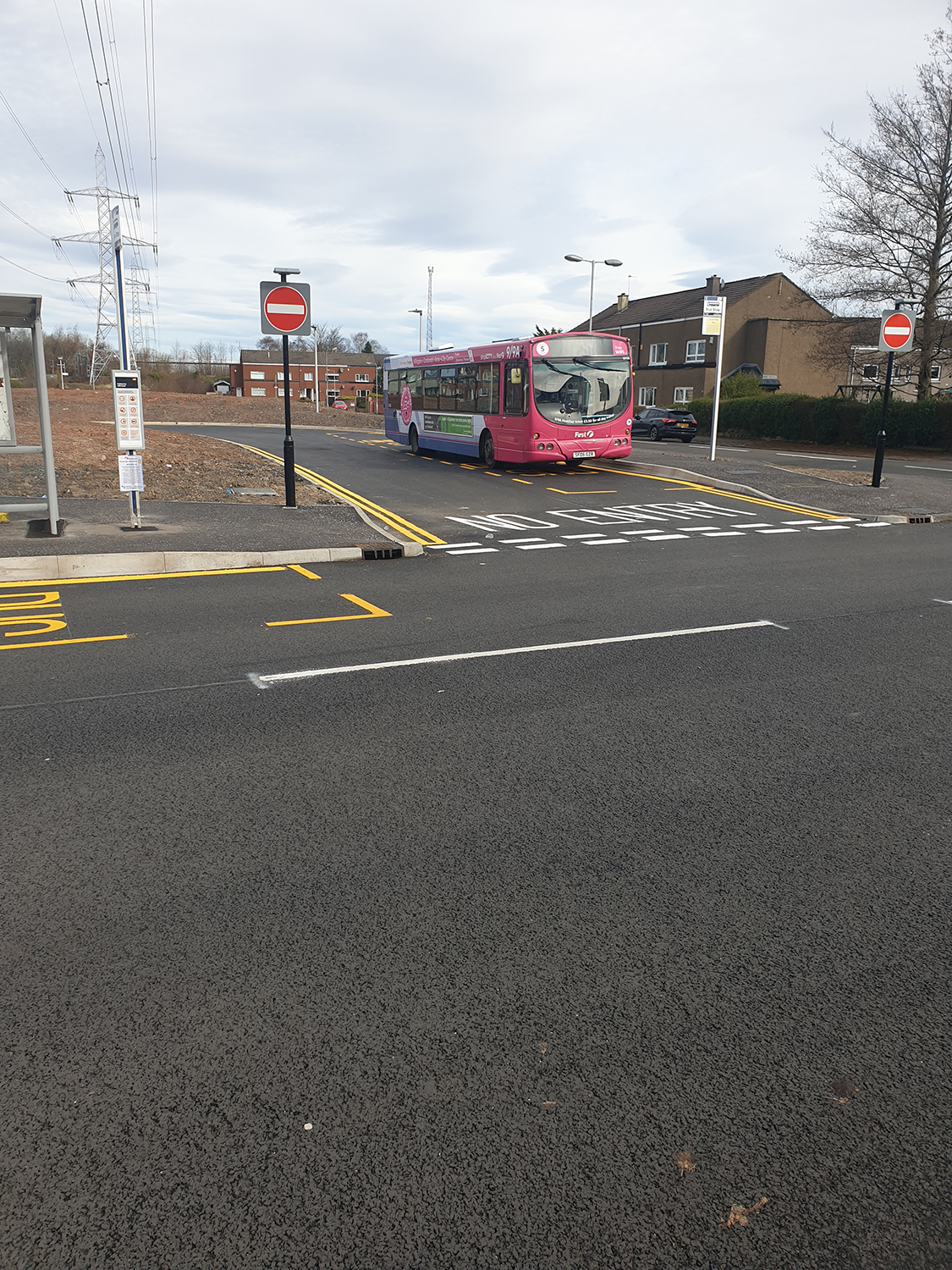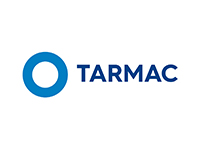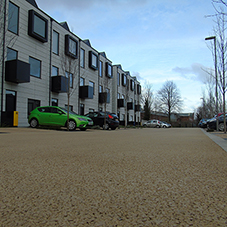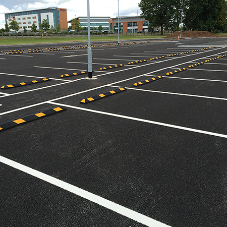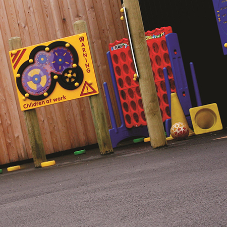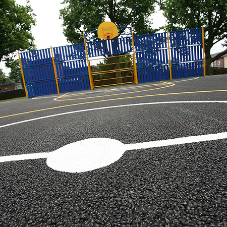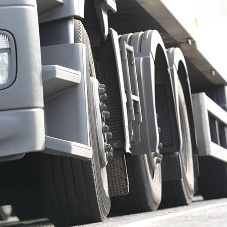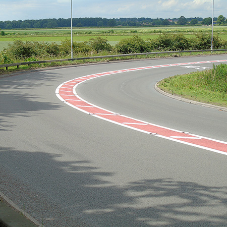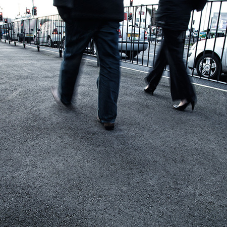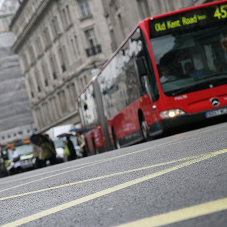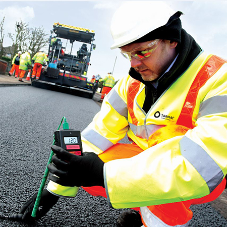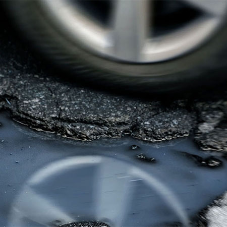Glasgow City Council planned to build a new permanent bus terminus at Penilee to replace temporary arrangements that followed the closure of an old site in 2016.
To cope with the high stresses exerted by buses using the site, Glasgow City Council road engineers decided to explore alternative materials that could deliver better durability and longer pavement life than the standard hot rolled asphalt (HRA) and chips usually specified.
The original specification included a crack resisting binder course, geotextile membrane inter-layer and fuel resisting surface course, to provide long-term durability in the application. The fuel resisting material would also be used to resurface approximately 800m2 on the Barshaw Road adjacent to the new terminus, to provide enhanced resistance to bus traffic.
The stretch of road would also present a real challenge for the material, as it required regular resurfacing due to the volume of buses that use it on a daily basis.
Following multiple cross-organisational discussions to evaluate possible materials, a site meeting between Tarmac and Glasgow City Council road engineers was held to finalise the pavement specification.
The materials chosen were ULTILAYER S for the binder course, which uses a high-performance polymer modified binder (PMB) for enhanced elasticity and rut resistance in applications where there is an increased risk of deformation. ULTISHIELD HD was then selected for the surface course, for its excellent levels of scuffing resistance, enhanced flexibility and fuel resisting properties. ULTISHIELD uses a binder modifier that also reduces softening in hot weather, while the dense structure reduces the impact of fuel ingress to create a high performing fuel resisting asphalt suitable for the most challenging locations.
Since both products use flexible PMB binders, their crackresisting performance also allowed the geotextile membrane to be removed from the specification, resulting in a reduced programme time.
240 tonnes of ULTILAYER binder and 196 tonnes of ULTISHIELD HD were supplied from Tarmac’s Cairneyhill Asphalt Plant located to the east of the city and installed over four days in the week leading up to Christmas. The project had already been significantly delayed due to the Covid-19 pandemic, so it was critical the surfacing was completed before the end of the year.
The key priority for the client was lasting durability and this was heavily considered at design stage. The combination of an ULTILAYER S performance binder course and the fuel resisting ULTISHIELD HD surface course has delivered a hard wearing and long-lasting solution for this new bus terminus.
The overall finish of the material impressed the client and the new surface was lined using Methyl Methacrylate road markings, some of the hardest wearing on the market, another forward thinking investment by Glasgow City Council to ensure lasting performance and minimise long term maintenance requirements.
View Heavy duty, HGV resisting asphalts for commercial and industrial environments Product Entry

